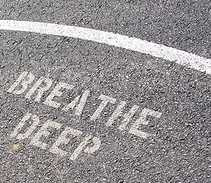The Eight Energies: Peng
Peng is tradtionally the first of the classic expressions discussed in Taijiquan. Peng translates literally into "bird", however in Taijiquan it is usually translated as "ward off". Understanding both of these points of translation are important to mastering the shape and jin of Peng.
The energy of Peng is very forward and expansive, expressing an outwardly yang quality with a distinct roundness like a rapidly inflating balloon. In Tuishou practice Peng is commonly used to redirect or bouce incoming force away from the root, hence the term "ward off", however undrrstanding the other side of Peng opens a new world of possibilites.
As mentioned before the literal translation of Peng is "bird", specifically large birds like storks or cranes. The shape of the arm in the techniques for Zoupeng and Youpeng should be round and firm, like a bird wing. Imagine the strong edge and resiliant hollowness. Yang on top, yin underneath. Additionally many expression of Peng demonstrate a liftibg motion or feeling. This is where Peng really opens up in potential. By applying the feeling of expansion and lifting to all rising motions in the long form we can highlight many often overlooked applications for many techniques and sections of larger motions.
Applications past the simple ward off include: breaking the opponent's root, redirecting force upwards, opening the front door to the chest and leading an incoming attack into another enegy like Lu, Cai, An or Zhou.
Understanding not only the obvious, but also the subtle metaphore and hidden applications of the sequences through the long form, reveal a world within a world and provide years of discoveries for those who practice long enough to stuble upon them.


0 Comments:
Post a Comment
Subscribe to Post Comments [Atom]
<< Home